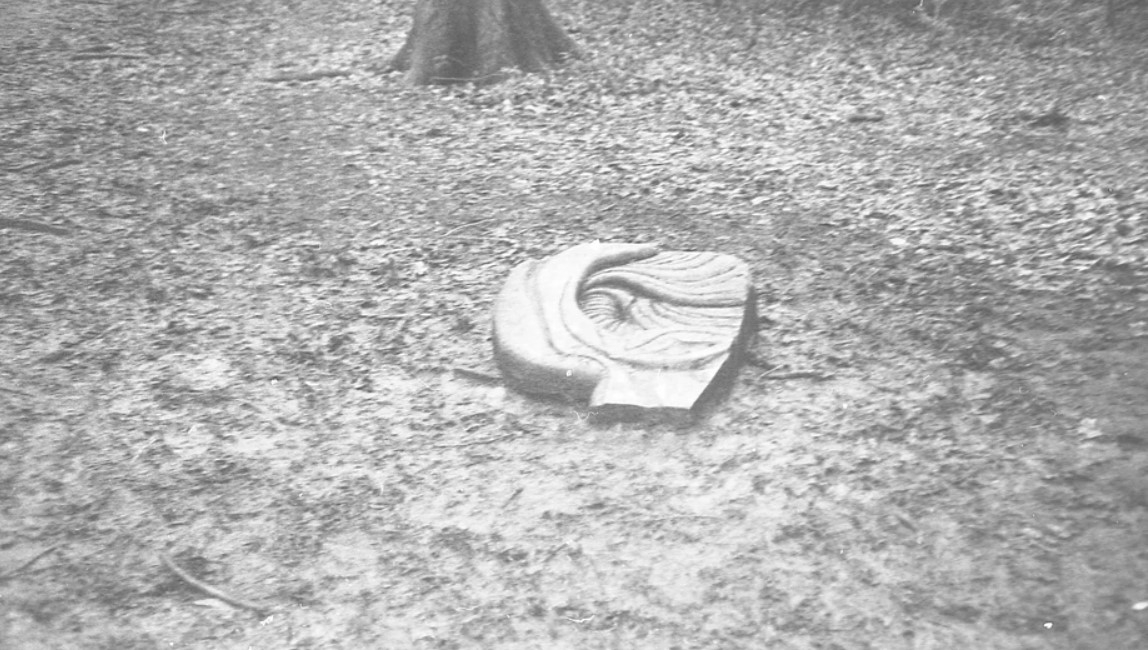The ‘archive’ medium shouldn’t be interpreted as a formal synthesis, rather as a starting methodology from which infinite possibilities emerge. This point it’s also crucial in the artist’s research and it’s what has fueled the entire concept behind the exhibition, from its structural foundations.
“It has always been this way; this has always been the truth”. From the very beginning – which coincides with the end – there is the will of the artist to narrow a poetic binomial that opens the way (literally) to several, different ways out, which all go straight towards a personal and collective truth. A fascinating power capable of remaining immutable despite the exterior changing, which takes charge of a perpetual motion.
Giulia Cacciutolo works on liminal spaces, which manifest themselves in our life and in the personal perception of them. Liminal spaces can be intended “as spaces, material or immaterial, which are a threshold, a moment of transition between two states/places/times”. They stage their ambiguous characteristics, and show themselves as a perfectly mixable and ductile element. These are then real and imaginary places, changeable and circumscribable to variables, such as personal and collective memory. “After all, what is the collective memory if not a large mosaic of intimate memories? Sure, some of them are probably more hidden than others, but they all work together, one way or another, to form a collective memory”. The display-show becomes the will of one possible personal mnemonic synthesis which, on the road to the truth, also becomes collective. However, this is not the only one, but the one chosen by the artist. Thus the organic hybridizes itself with the artifact, until they get confused and inexorably change shape. A deconstructed and recomposed truth, “a countryside at dusk”, which can hide pitfalls or beneficial creatures. The viewer can only test through intuition, sniffing the air and calculating every move, proceeding towards (their) truth. This is the power of art and its mise-en-scène. The latter term is also ambivalent: can both mean the real action of exhibiting the work in the art space, or the fictional actions which involve a lie. Memory often works like this and art, fierce and unfiltered, dangerously traces its physiognomy not caring about the lie or the practical, dramatic or complacent act: T’was ever thus.
Curators of the exhibition: Osservatorio Futura (Francesca Disconzi ja Federico Palumbo)




